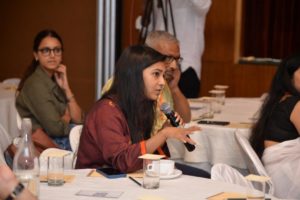Sandeep Dahiya, Pure Earth India’s Director of Strategic Communications, reports on this important meeting on childhood lead poisoning.
Pure Earth India, in collaboration with TERI – The Energy and Resources Institute, organized a seminar on “Understanding Lead Poisoning Prevalence in India” on 11th October 2022 to present The Toxic Truth and review a report from NITI Aayog “Assessment of Lead Impact on Humans and India’s Response”.
The sessions detailed the scale and size of the global lead poisoning issue with a special focus on India. The event was live streamed on Youtube, live tweets were shared for wider dissemination of the seminar highlights and speakers comments. More than 200 people attended the event in-person. For the first time more than 180 media hits were reported about the event and the issue. The following is a summary report of the event.
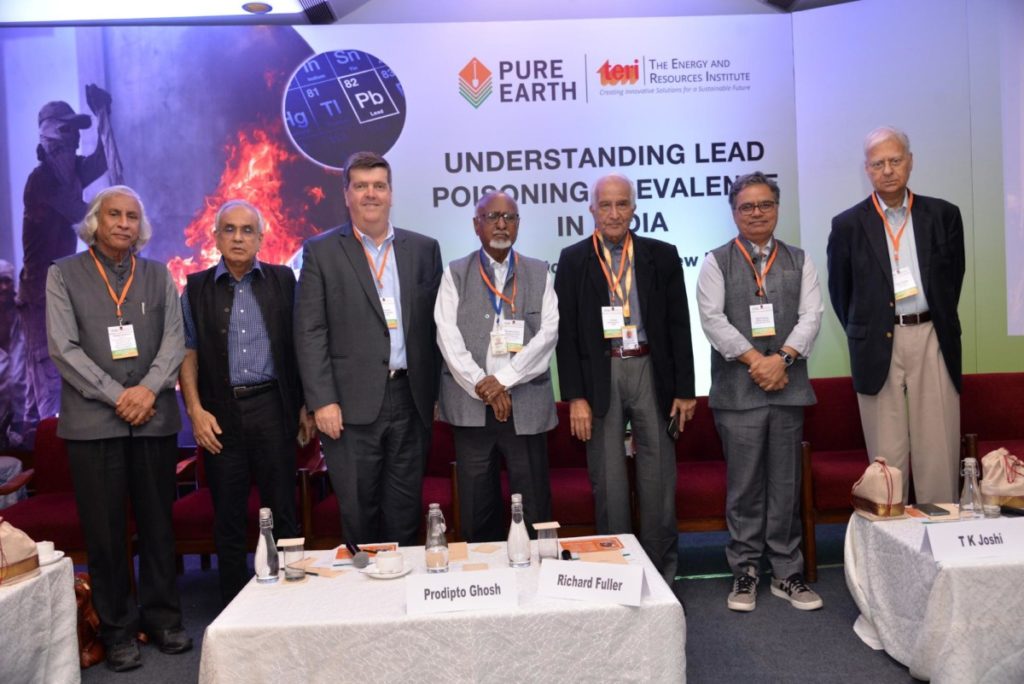
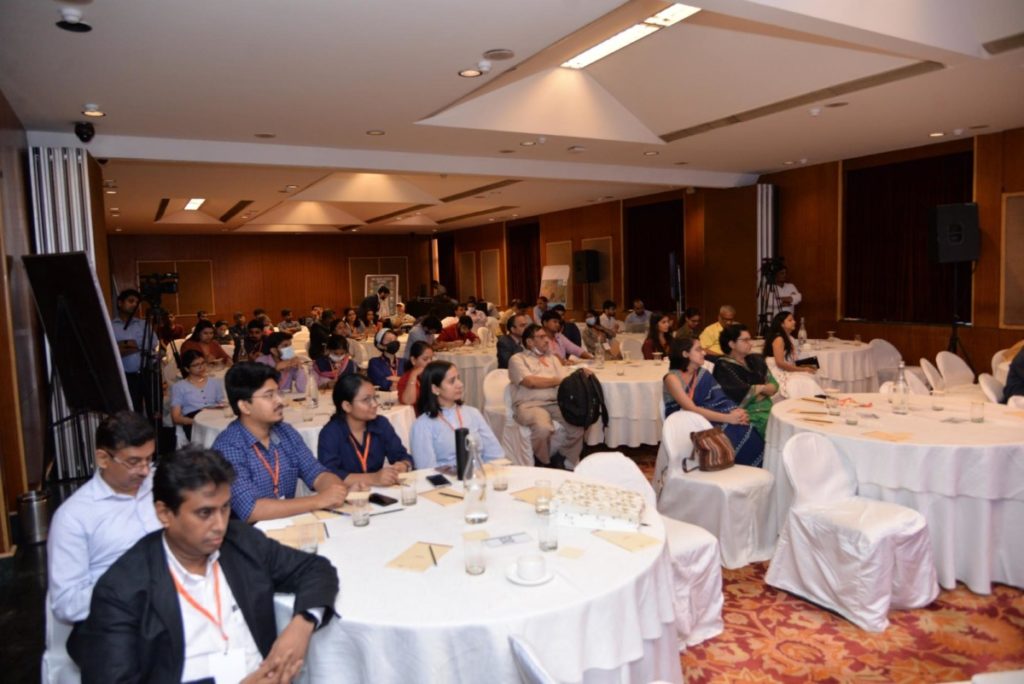
Dr Vibha Dhawan, Director General, TERI delivered the welcome address and highlighted the importance of understanding the impact of lead exposure on human health and the environment. She stated that lead is considered a highly toxic metal with severe public health impacts and is therefore known as a silent killer. Lead prevalence is indeed a major issue, especially among children. Therefore, citizens, stakeholders and research institutes must come forward to prevent lead contamination and its health impacts.
Dr Prodipto Ghosh, Distinguish Fellow, TERI, moderated the session. He stated that lead pollution is a major issue forgotten over the years. The major portion of lead comes from the recycling of lead-acid batteries. The problem associated with lead management is aggravating and developing a poisoning impact on human health through the food chain. In addition to finding technical solutions, there is a need to focus on policy-based rules, implementation and actions.
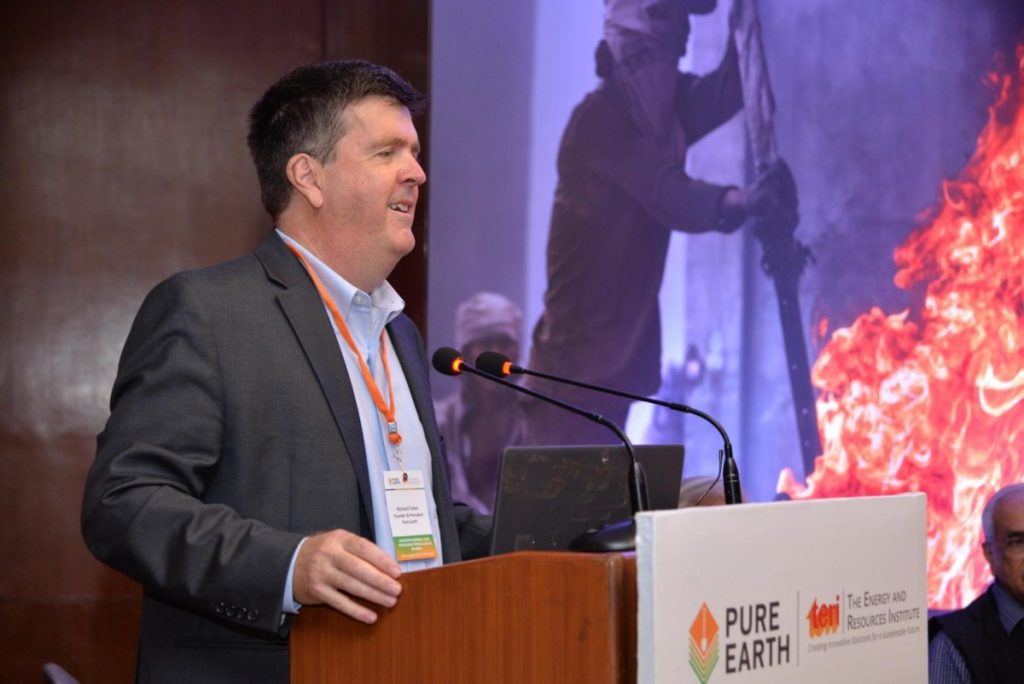
Mr Richard Fuller, Founder and President of Pure Earth, spoke about the toxic truth of lead exposure among children. He mentioned that lead exposure is an enormous problem in middle- and low-income countries, especially in India, where one out of three children is poisoned with lead. Globally, about 800 million children are poisoned by lead. The largest number of lead-poisoned kids are from India. Lead poisoning is responsible for 2,30,000 premature deaths in India.
Children are highly susceptible; lead exposure permanently damages the frontal cortex, reduces intelligence, and increases disability and learning disorders. Again, during the early stage of child development, lead exposure damages the brain, which creates behavioral and anger management issues. Lead exposure can also cause heart disease, kidney disease, cardiovascular disease, loss of intelligence, stroke, miscarriage, premature birth, low birth weight and early death.
Furthermore, low-grade lead acid batteries, non-compliant formal recyclers, adulterated turmeric, cookware, cosmetics such as kumkum and colors are the leading cause of lead exposure in India. A case study of Bihar shows that half of the lead-exposed cases are from unsafe battery recycling, and the remaining is from adulterated turmeric powder. Monitoring programs such as testing blood in newborns and babies, source analysis and interventions related to sources could help reduce lead contamination exposure and its ill effects. We should act on these sooner than later.
Mr Rakesh Kumar, CSIR, New Delhi, spoke about the “Assessment of Lead Impact on Humans and India’s Response” report. He stated that, like other countries, India also made efforts to reduce lead-related exposure, such as phasing out leaded fuel, banning lead in paints, regulating lead smelters, etc. Despite taking several steps, new and unknown lead sources have emerged and are growing. Research shows that the automobile and railway sectors consume 70% of lead batteries. Lead tends to bioaccumulate in plants, microbes, animals, and marine species resulting in chronic health hazards.
He concluded by saying we have to solve this problem and take immediate action at national and local levels. NGO and public participation could aid in raising awareness, regulating and tracking lead exposure in India.
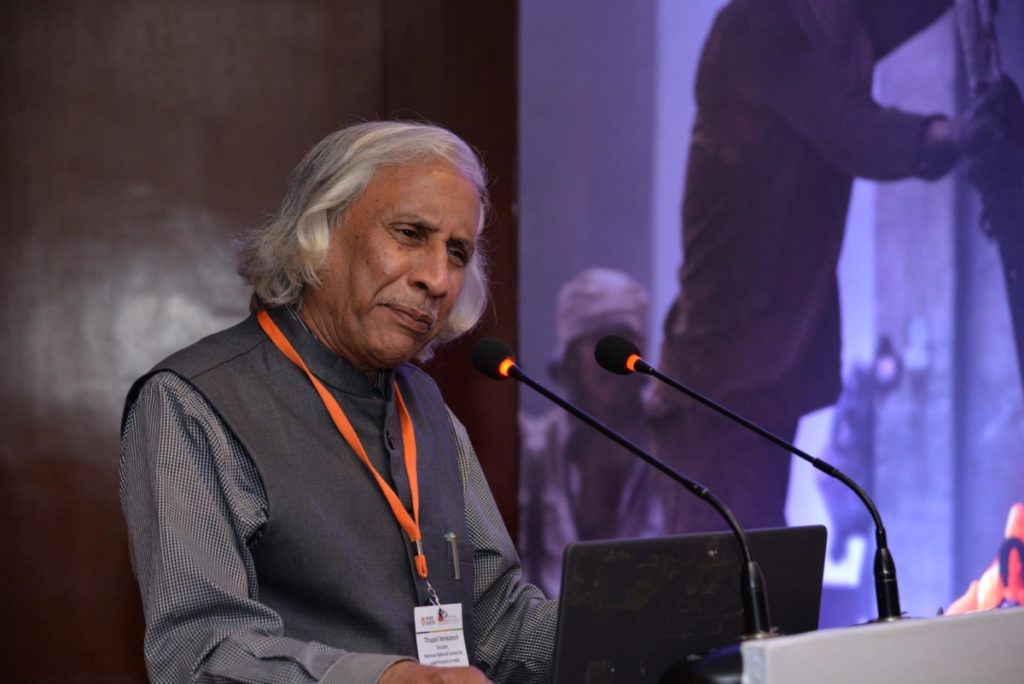
Dr Thuppil Venkatesh, Director, NRCLP, spoke on lead impacts in developing countries. He mentioned that lead is the number one environmental poison in developing countries. It is the main cause of poverty affecting vulnerable groups. Lack of regulation and non-availability of diagnostic tools are reasons for the increasing ill effects of lead in developing countries. Also, the lack of bio-monitoring data for scientific studies has prevented tracking of the effects of lead poising. Self-regulation and mechanisms to monitor the source, along with the time-bound implementation of corrective measures, can reduce lead poising effects at the national, state and local levels. He concluded by saying that “a lead-free world is not possible; however, a lead-safe place is achievable”.
Dr Rajiv Kumar, Chairman of Pahle India Foundation, spoke on the role of government, private sector and communications media in raising awareness among the general public and key stakeholders for reducing lead poisoning. He stressed public participation, media, NGOs, technical groups and local government engagement to make lead poisoning a known pollution issue in India.
Dr T K Joshi, Technical Advisor, UNCPS, spoke about the health implications of lead poising. According to the World Health Organization, lead is a public health concern affecting the health of workers, children and women of reproductive age. Lead poising is widespread in India, but there is a lack of data on the exact number of lead-affected children. People working in lead recycling factories are highly exposed to lead pollution and in many cases carry this pollution back home, exposing entire families, including children. Country-level primary assessment is needed to track and mitigate lead exposure. Stakeholders, research organizations and citizens must act collectively to prevent lead emissions and contamination. A scalable solution and communication project is required to connect with the general public and social media users to prevent lead exposure and poisoning in India. Further, introducing national-level policies and programs like “Swachh Bharat Mission” can aid in identifying lead toxicity and deal with the lead exposure issue at a faster rate in states and different parts of the country.

